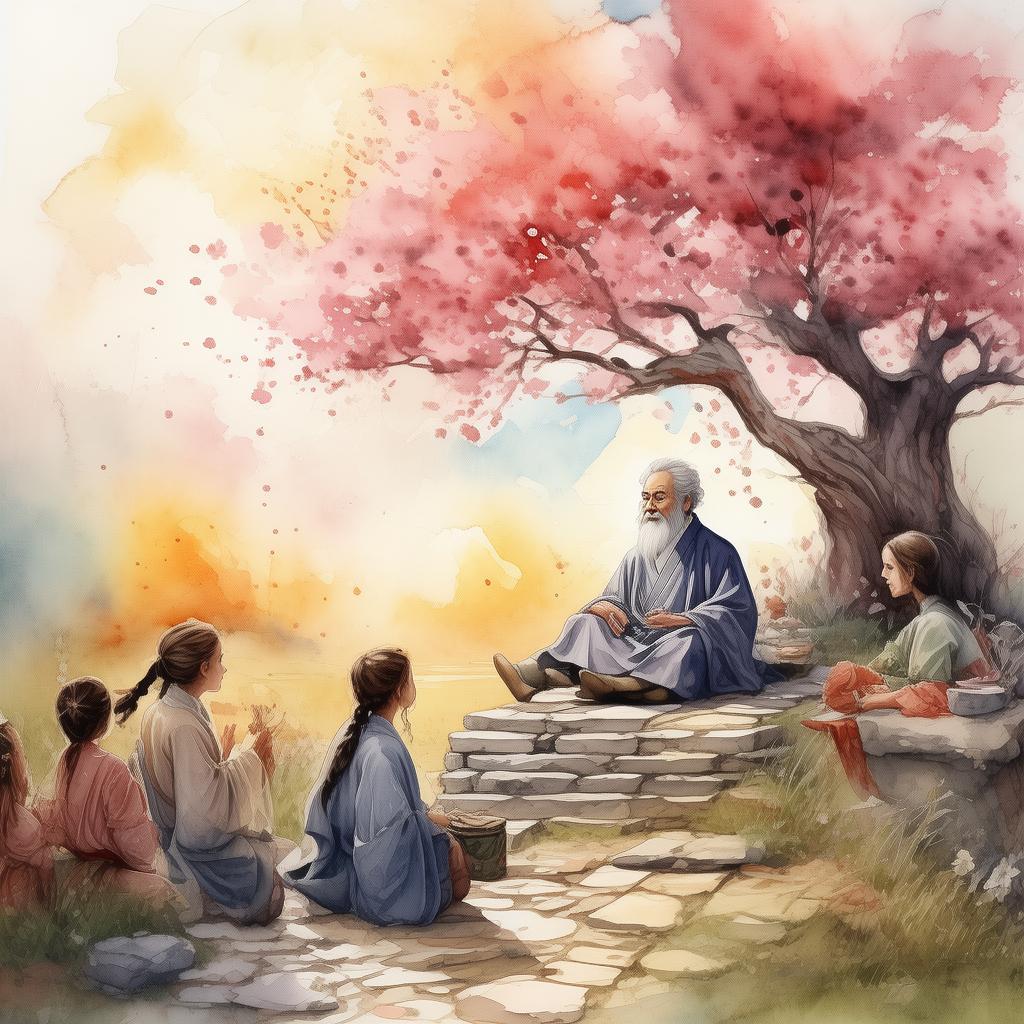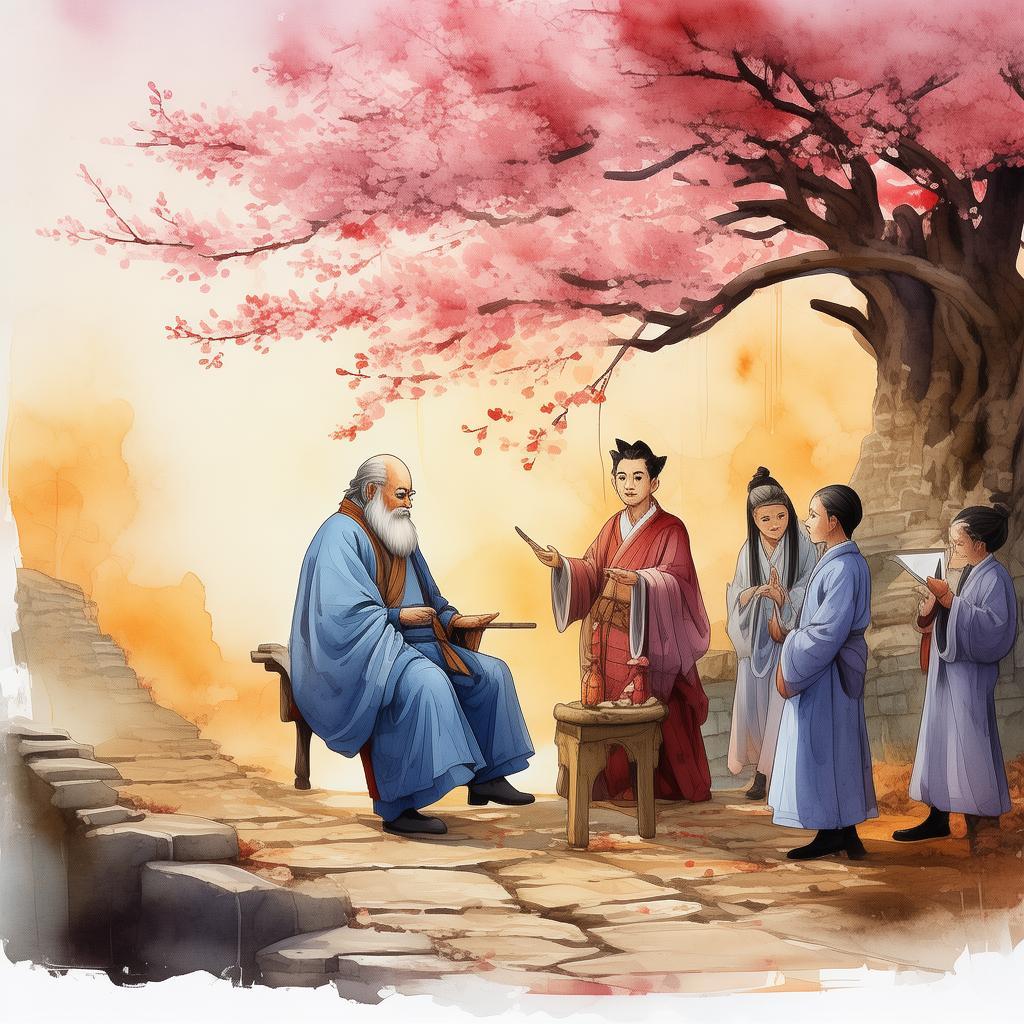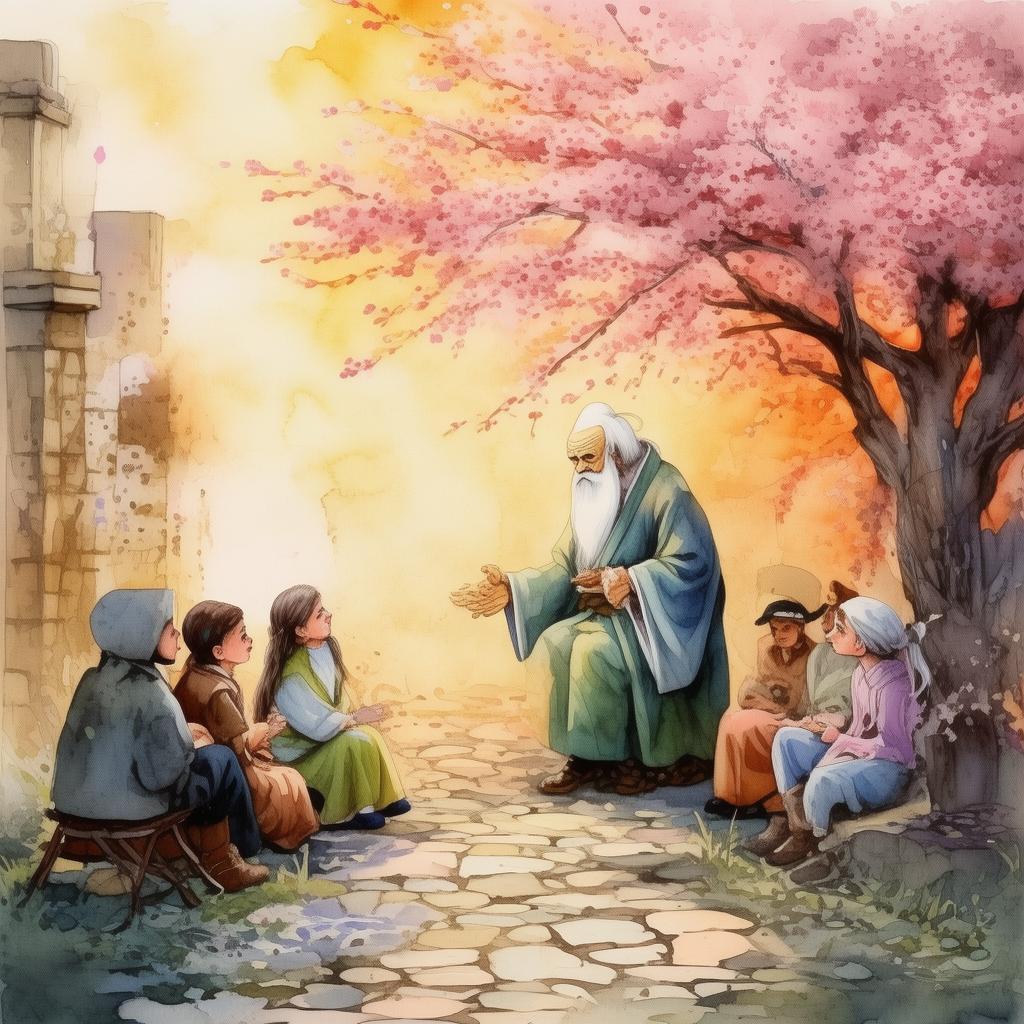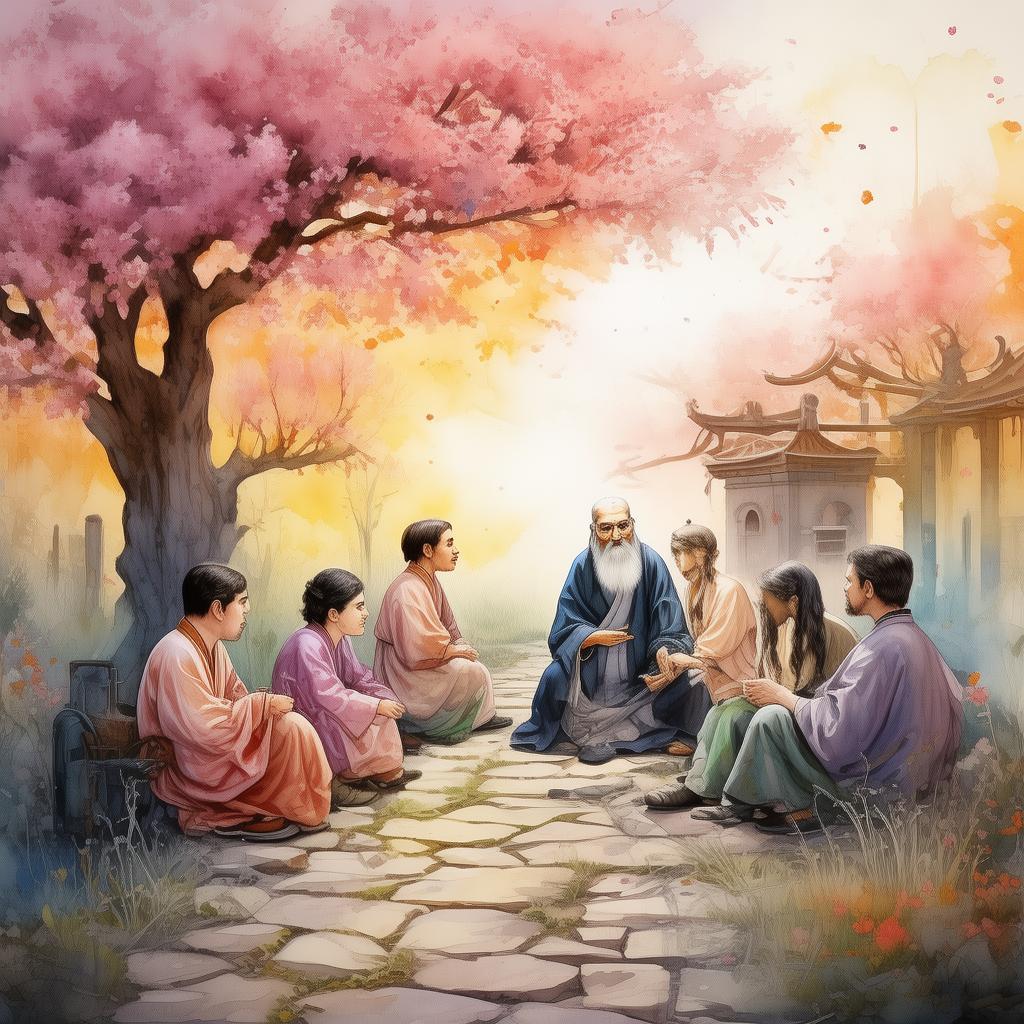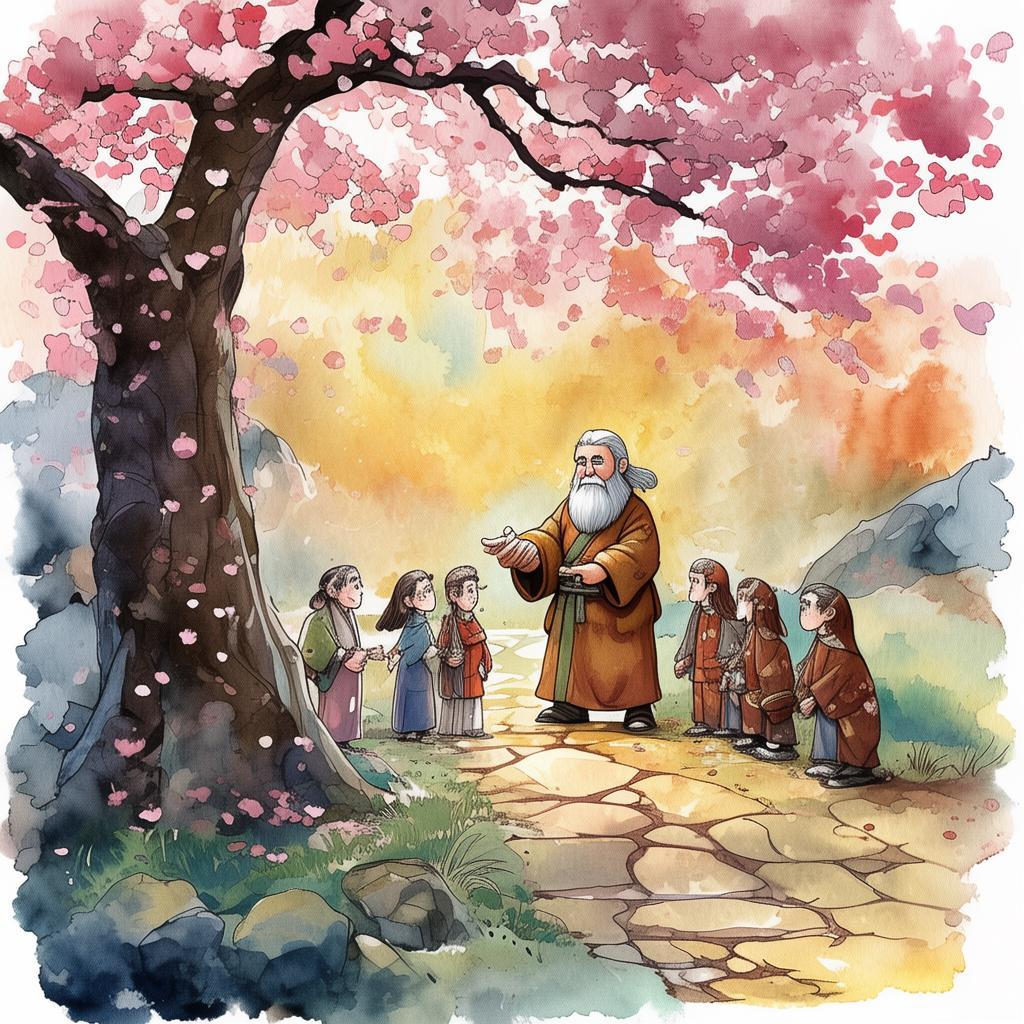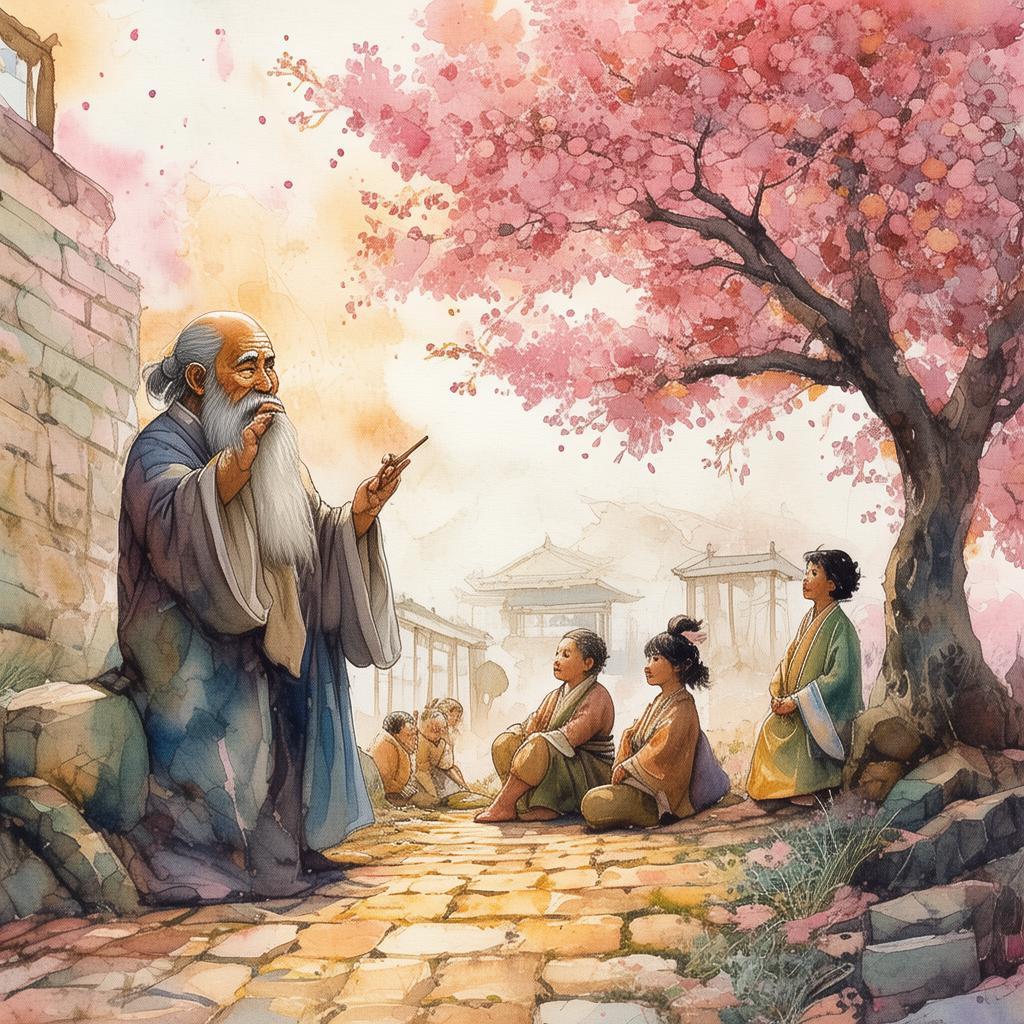The Last Thread of Tradition
In the quaint village of Luminara, nestled between rolling hills and whispering forests, there stood a small, cobblestone house that was the heart of the community. It was here that the Fading Artisan, Elara, lived and worked, her fingers dancing over the loom with a grace that seemed to weave magic into every thread. The tapestries she created were not just works of art; they were stories, tales of the land, its people, and the ancient traditions that bound them together.
Elara's family had been weavers for generations, their hands passing down the intricate patterns and stories that had been cherished for centuries. The tapestries were more than just decorations; they were the lifeblood of the village, a testament to their heritage and a reminder of the past. Yet, as the years waned, the art of tapestry weaving had begun to fade, and with it, the stories that had been passed down through generations.
One crisp autumn morning, as the sun cast a golden glow over the village, Elara sat at her loom, her heart heavy with a decision that would change her life forever. The village had been dwindling, and with it, the demand for her tapestries. The modern world was encroaching, and the lure of a simpler, faster life was growing stronger.
Her father, the last of the true artisans, had always said, "Elara, the tapestry is not just a piece of cloth; it is a thread of tradition that must be woven into the future." But now, the future was looking uncertain. The village's youth were leaving for the city, drawn by the promise of a better life, and with them, the knowledge of the ancient craft was slipping away.
Elara's younger sister, Lila, had already made the choice to leave. She had seen the struggle in her sister's eyes and had chosen a different path, one that led away from the loom and towards the bustling streets of the city. "Why should we waste our lives on something that no one else values?" Lila had asked, her voice tinged with bitterness.
Elara knew the truth of her sister's words. The world was changing, and the art of tapestry weaving was becoming a relic of the past. But deep down, she felt a pull towards the loom, a connection to the threads that bound her to her ancestors and to the village that was her home.
As she sat at the loom, Elara's mind raced with thoughts of her father's words and the legacy she was meant to carry. She remembered the stories he had told her, of the first tapestry her great-grandmother had woven, a tapestry that had been a symbol of hope and resilience during the village's darkest hour. It was a tapestry that had brought the community together, a tapestry that had been a beacon of tradition in a world that was rapidly changing.

Elara's decision was not just about her own future; it was about the future of her family, her village, and the art that had been a part of her life since she was a child. She knew that if she chose to continue the tradition, she would have to face many challenges. The modern world would not be kind to an artisan who clung to the past. But she also knew that if she gave up, the tapestry of tradition would unravel, and with it, the very essence of her family's identity.
With a deep breath, Elara reached for the first thread, her fingers moving with a newfound determination. She began to weave, her movements slow and deliberate, each thread a promise to the future. She wove in the colors of the forest, the hills, and the rivers that surrounded her village, creating a tapestry that was a testament to her love for the land and her people.
As the days turned into weeks, Elara's tapestry grew, a tapestry that was not just a work of art but a symbol of hope and perseverance. The villagers began to notice the change in her, the fire that had been flickering in her eyes now a blazing flame. They saw the tapestry, and they saw the future of their tradition.
One evening, as the sun dipped below the horizon, casting a warm glow over the village, Elara finished her tapestry. It was a masterpiece, a tapestry that captured the essence of her family's legacy and the spirit of the village. She stepped back, her heart swelling with pride and a sense of fulfillment.
The villagers gathered around, their eyes wide with wonder and admiration. Elara's father, who had been watching her with a mixture of pride and concern, stepped forward. "Elara," he said, his voice filled with emotion, "you have not just preserved our craft; you have given it new life. You are the last thread of tradition, and with you, our legacy will continue."
Elara smiled, her eyes glistening with tears. She knew that her choice had been the right one. The tapestry was not just a piece of cloth; it was a thread of tradition that would be woven into the future, a legacy that would be passed down through generations.
And so, the Fading Artisan found her place in the world, not as a relic of the past, but as a beacon of hope and a reminder of the strength that comes from holding onto tradition. The tapestry was not just a work of art; it was a testament to the power of perseverance and the enduring spirit of the human heart.
✨ Original Statement ✨
All articles published on this website (including but not limited to text, images, videos, and other content) are original or authorized for reposting and are protected by relevant laws. Without the explicit written permission of this website, no individual or organization may copy, modify, repost, or use the content for commercial purposes.
If you need to quote or cooperate, please contact this site for authorization. We reserve the right to pursue legal responsibility for any unauthorized use.
Hereby declared.
